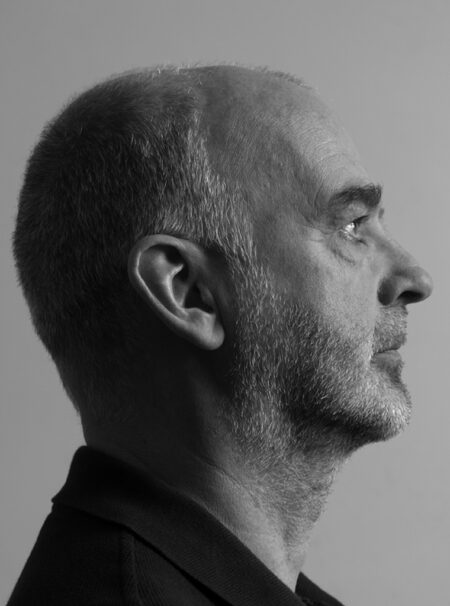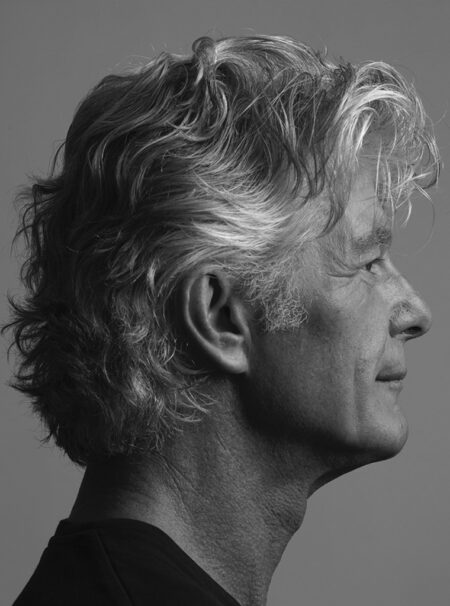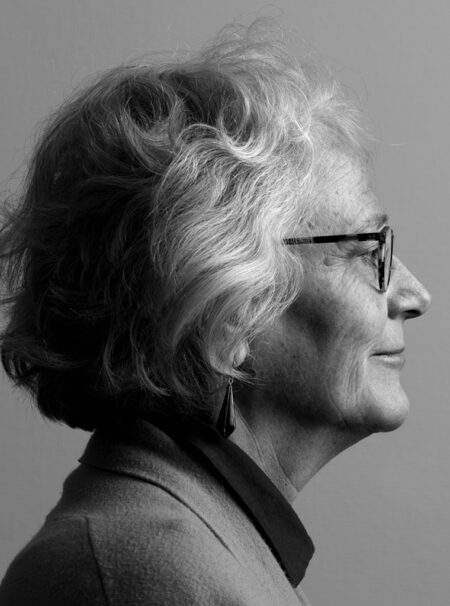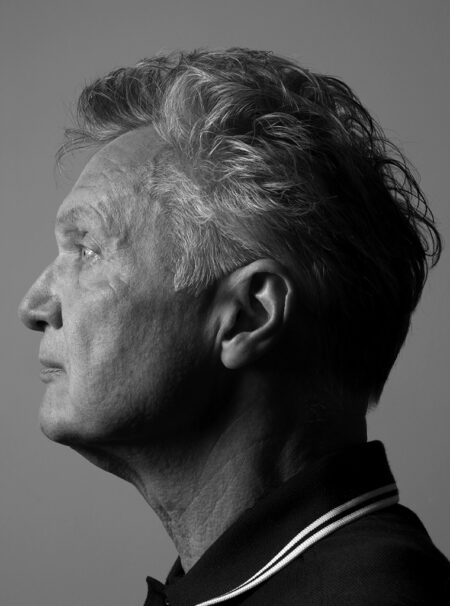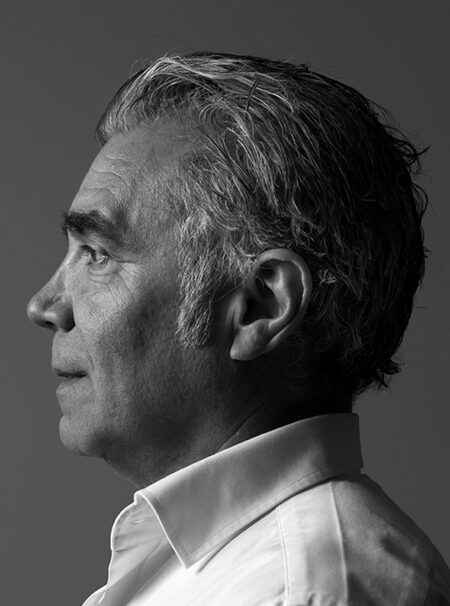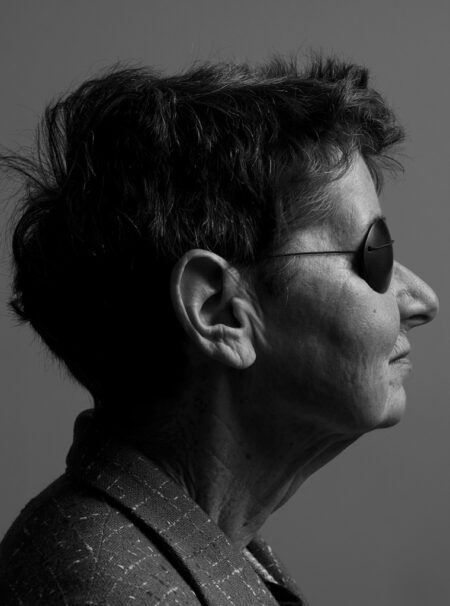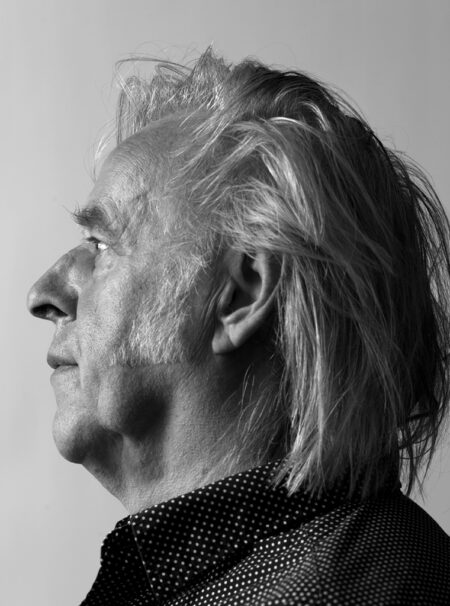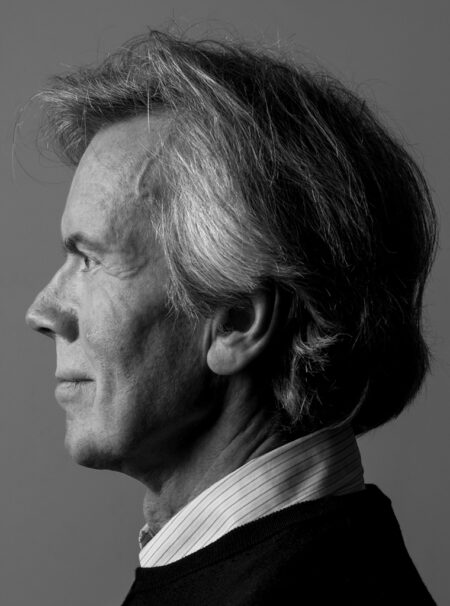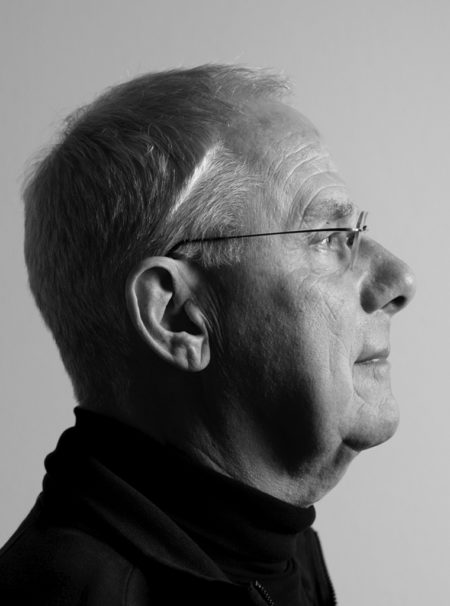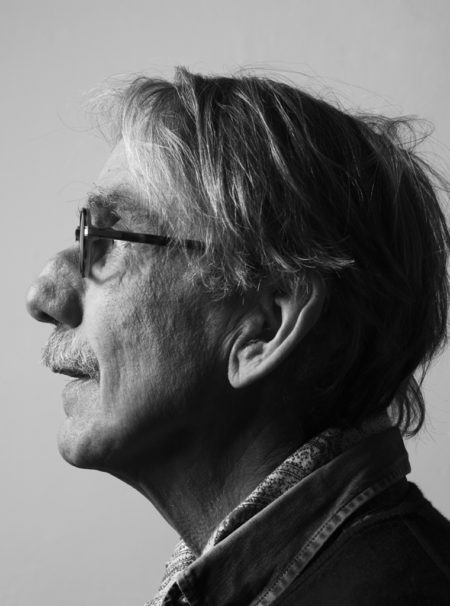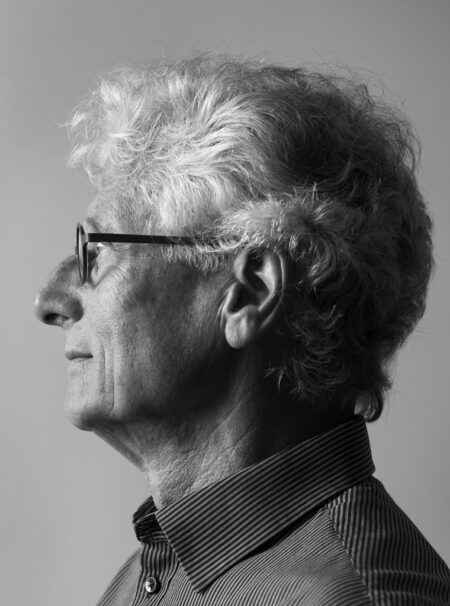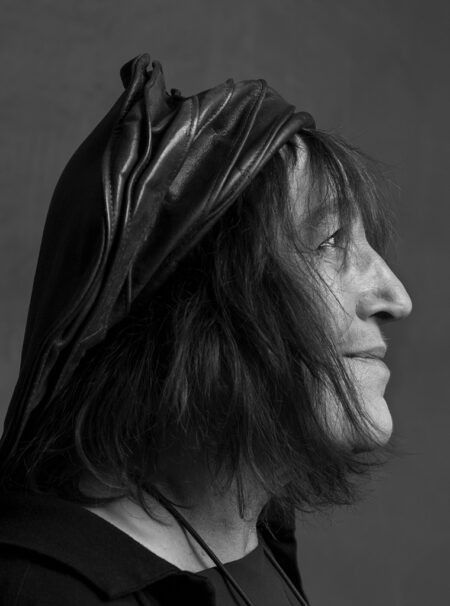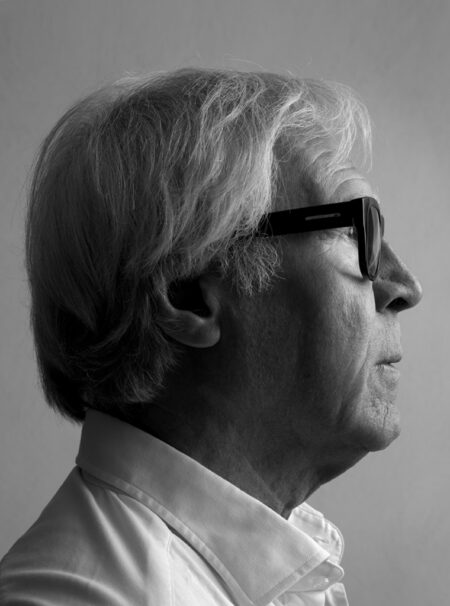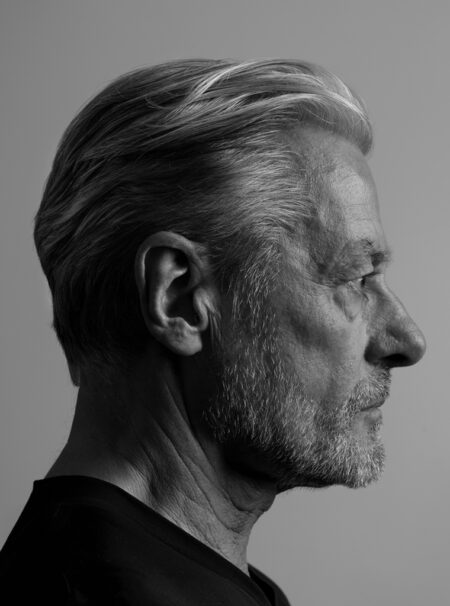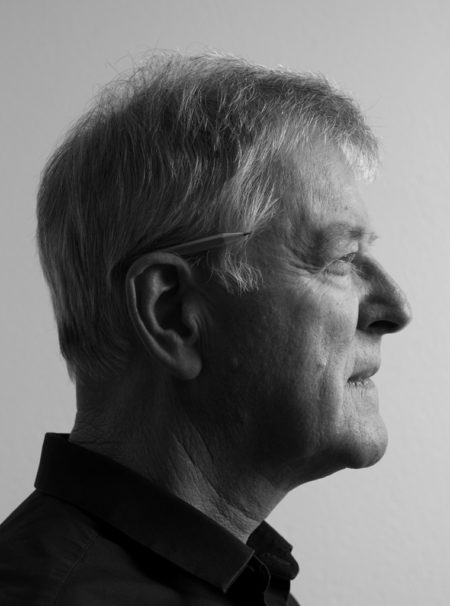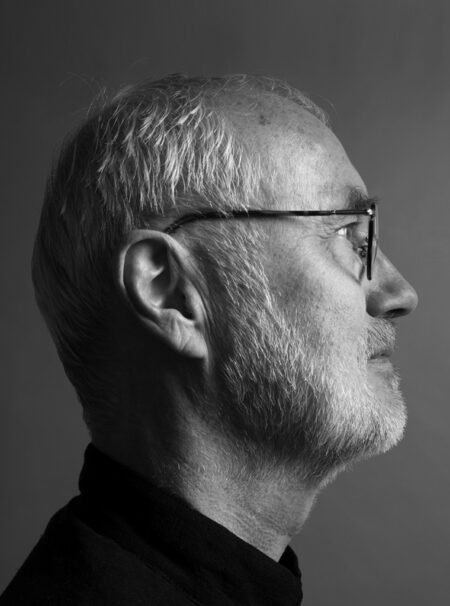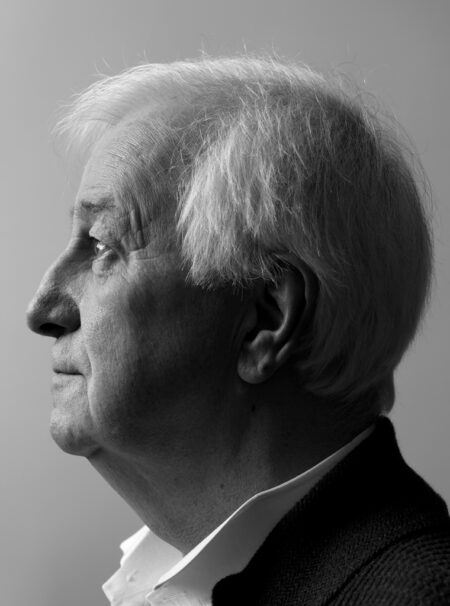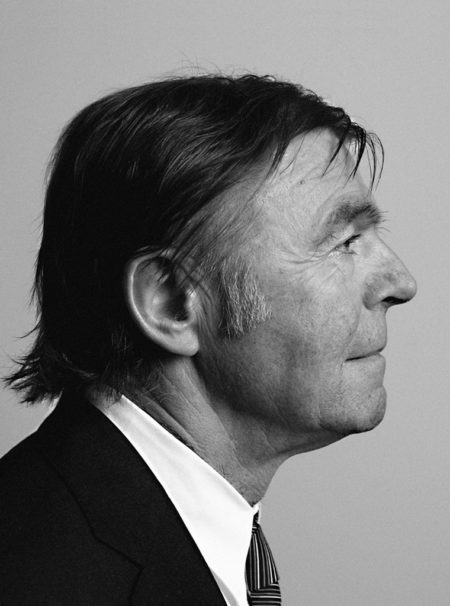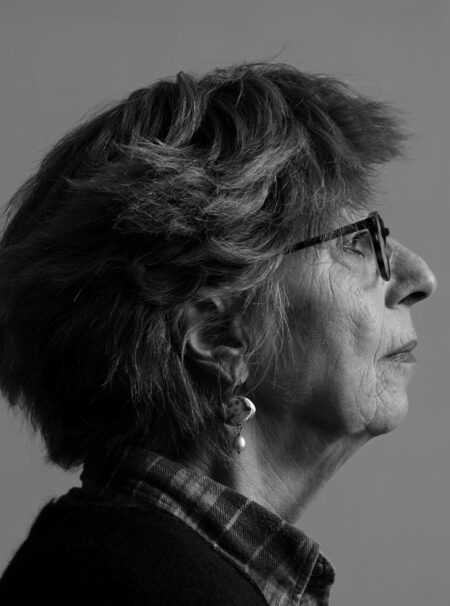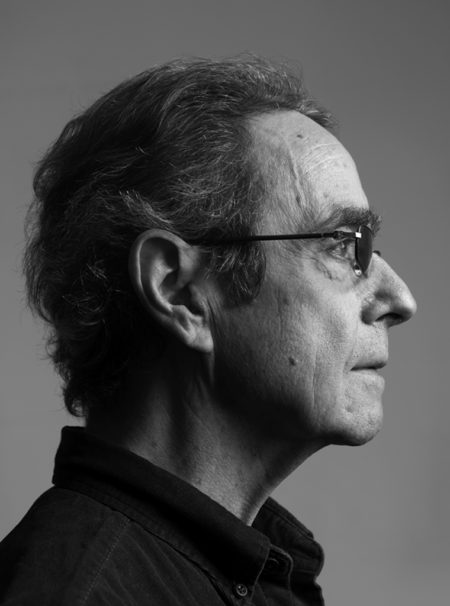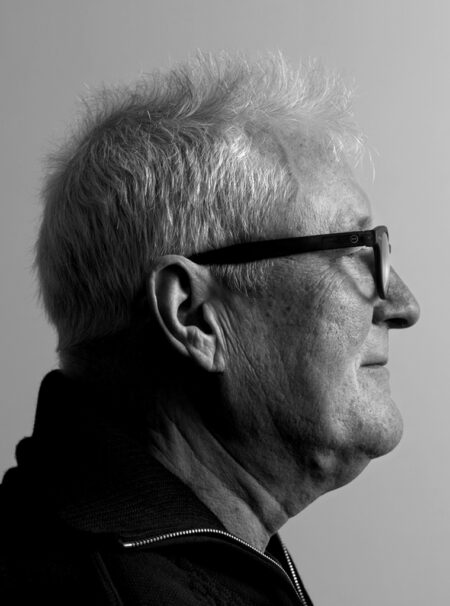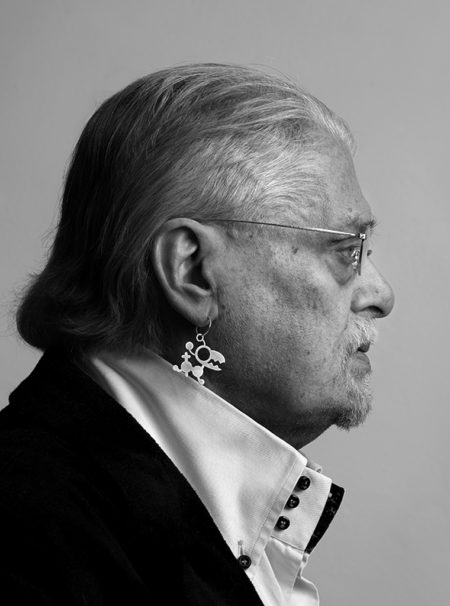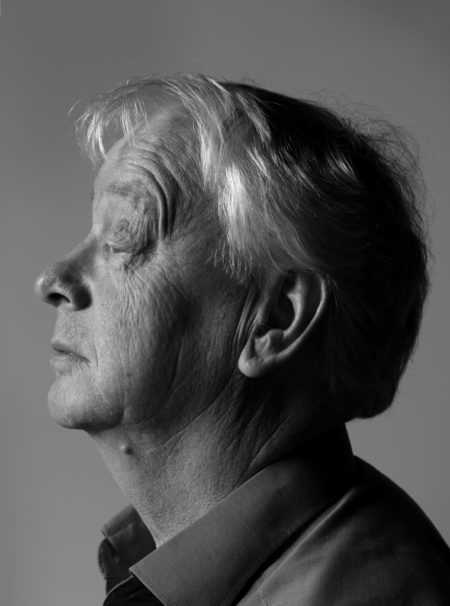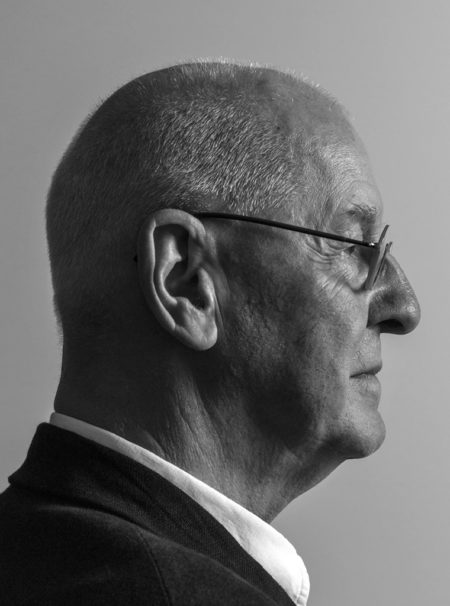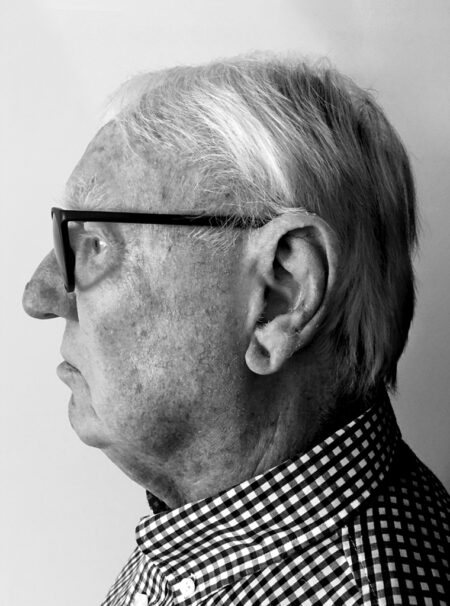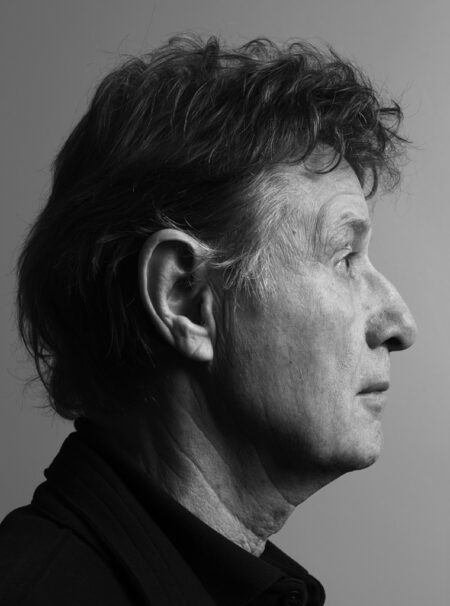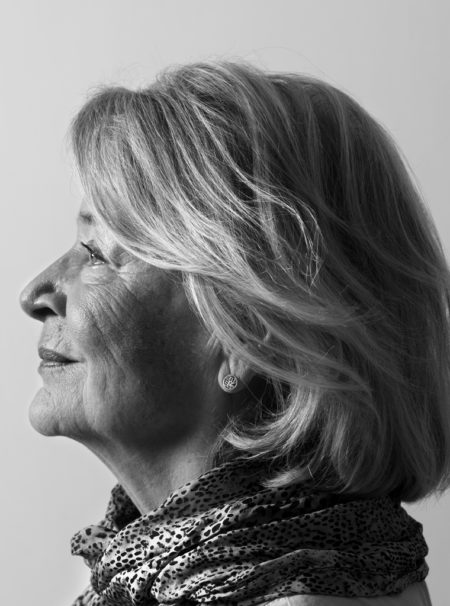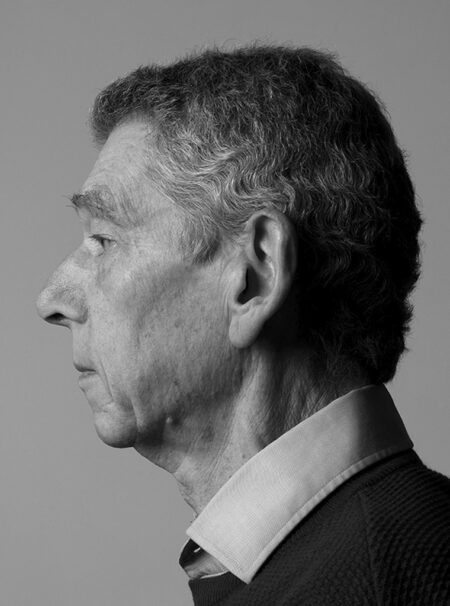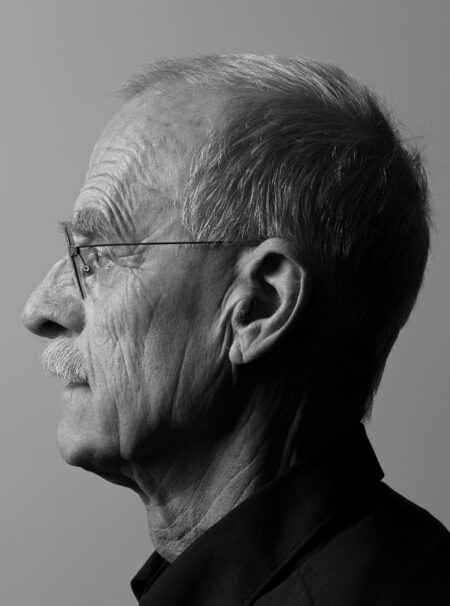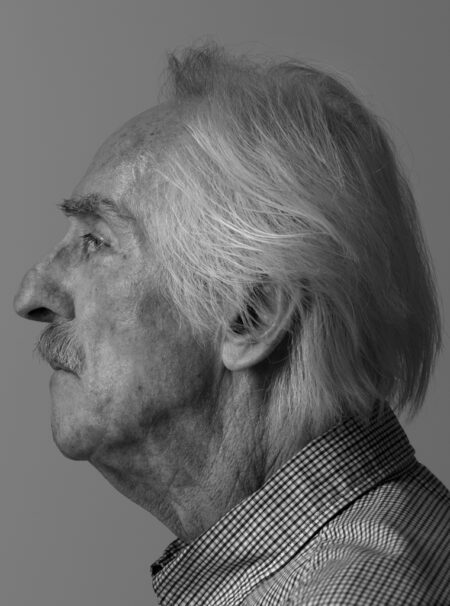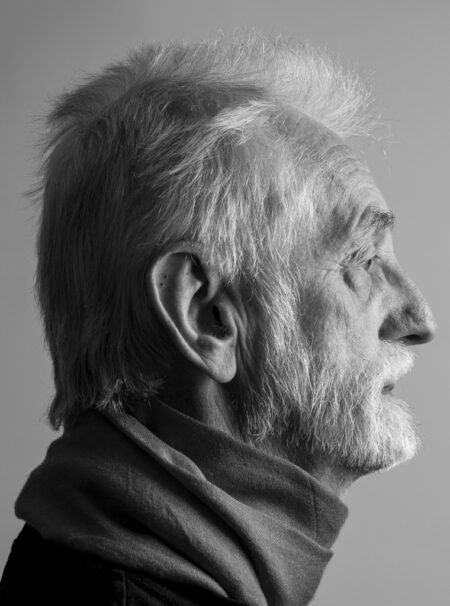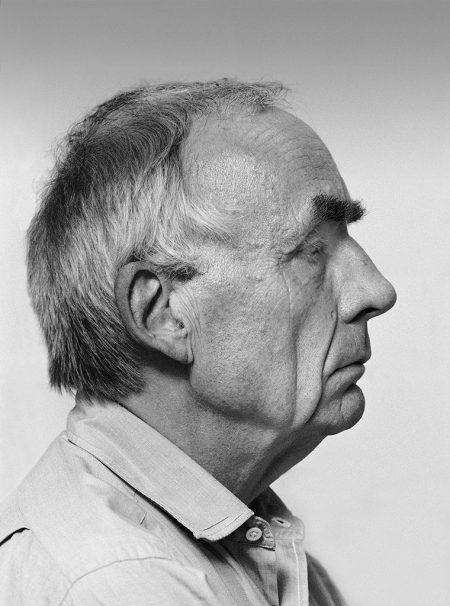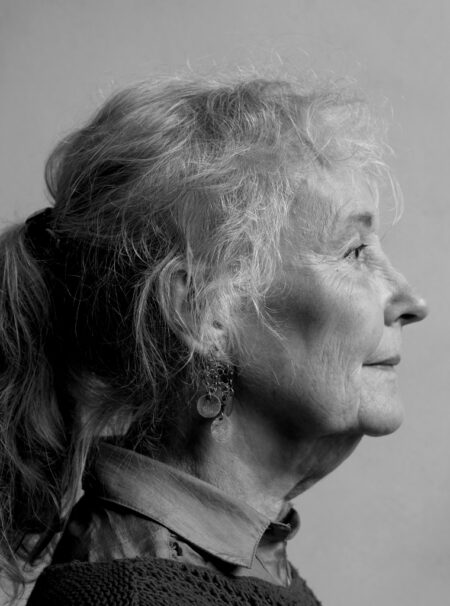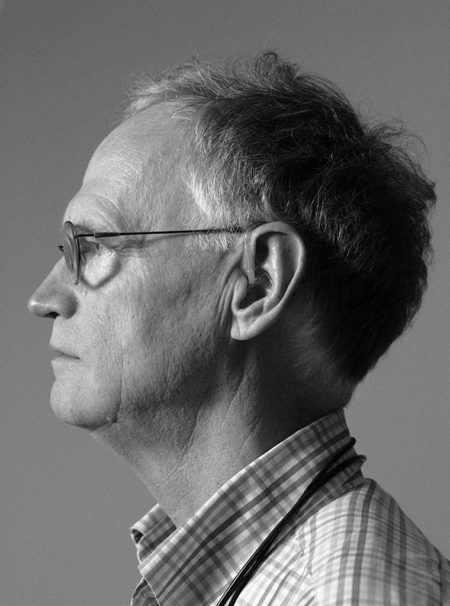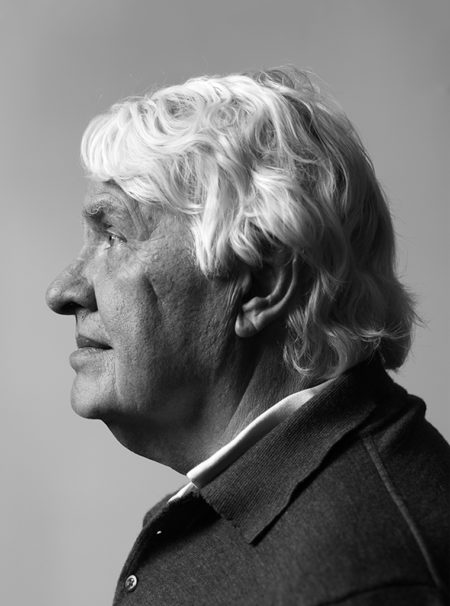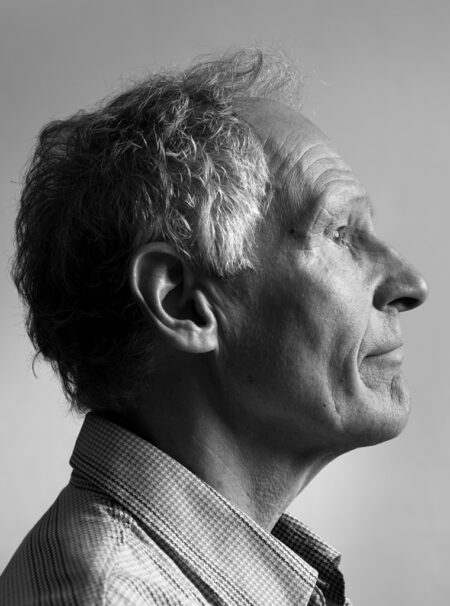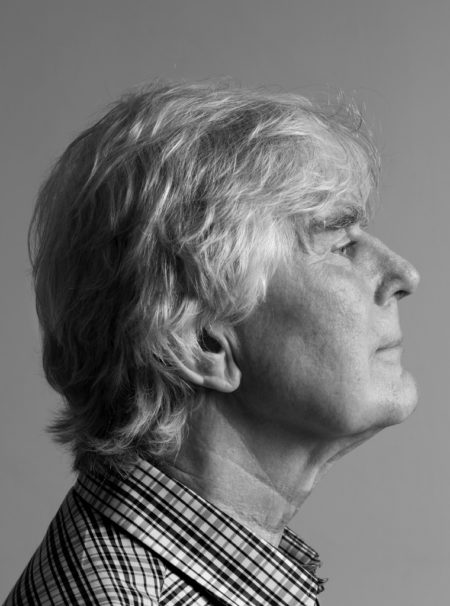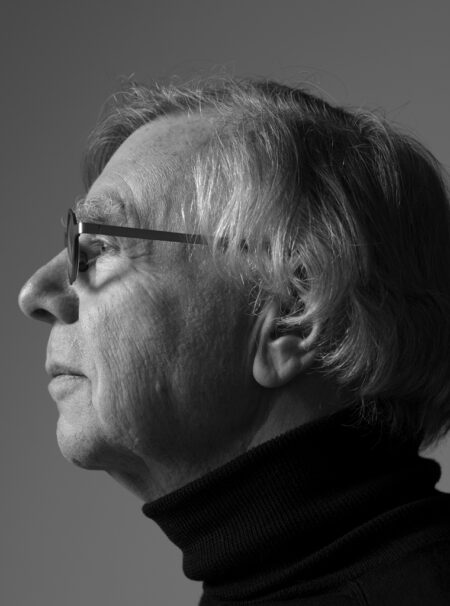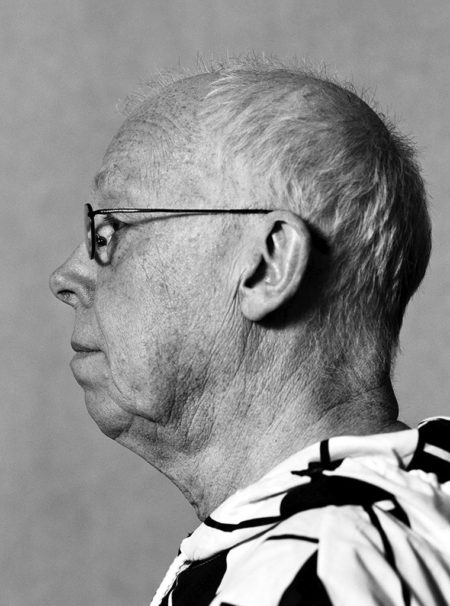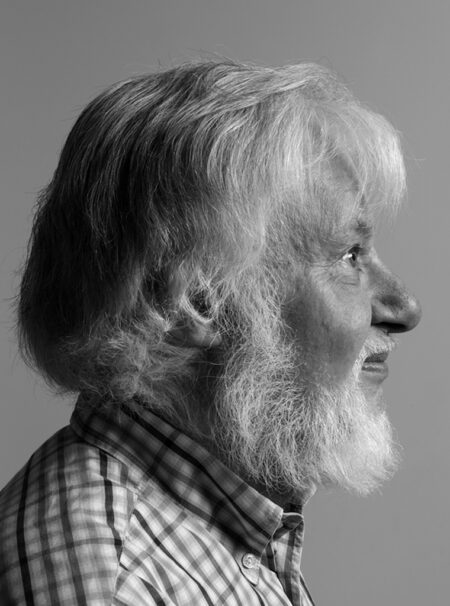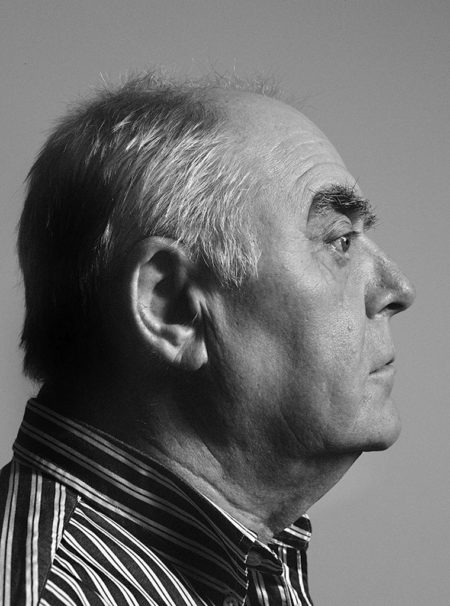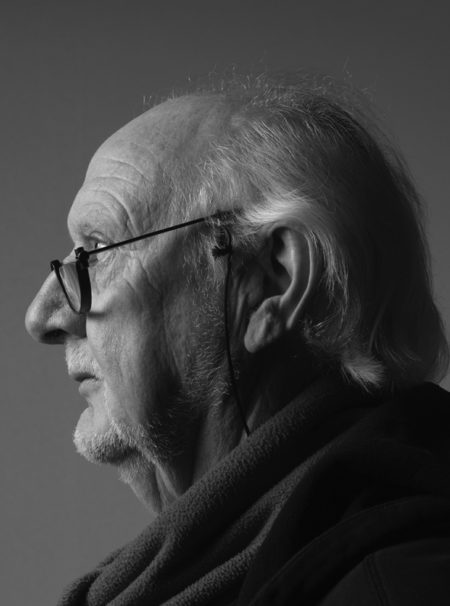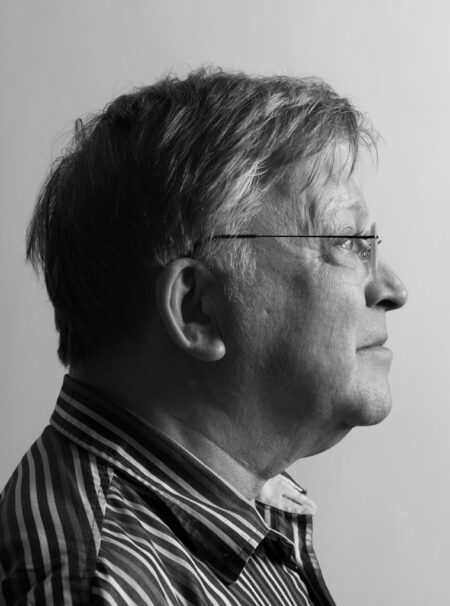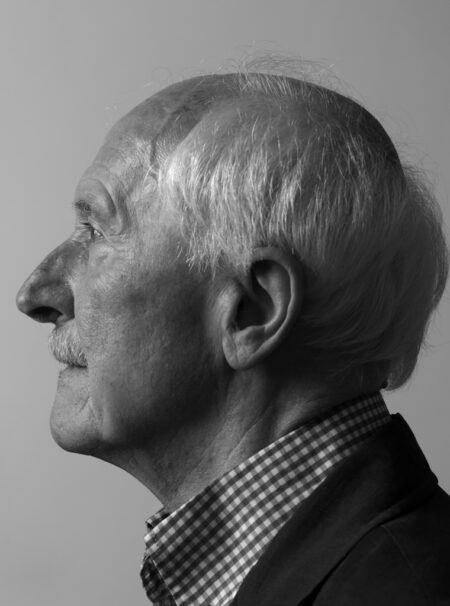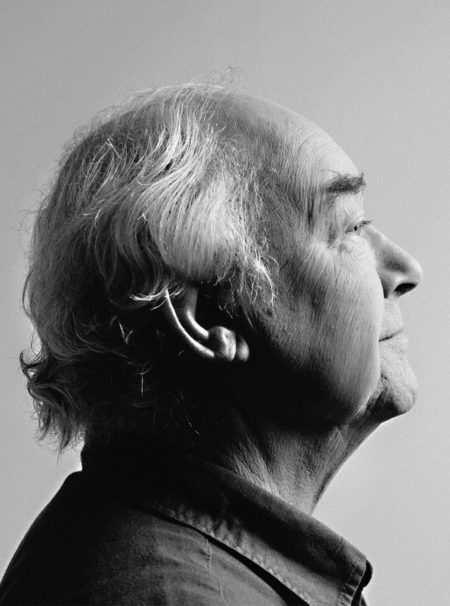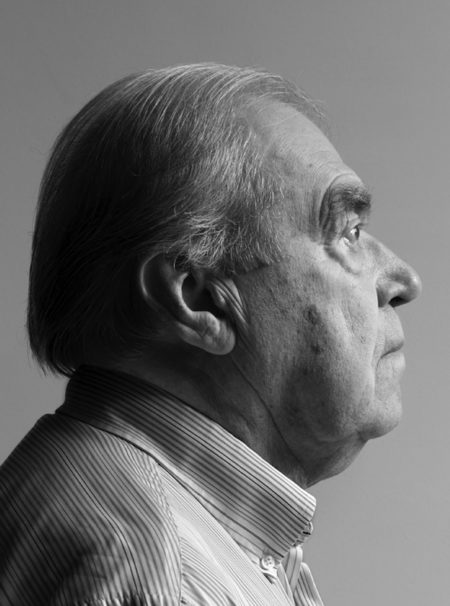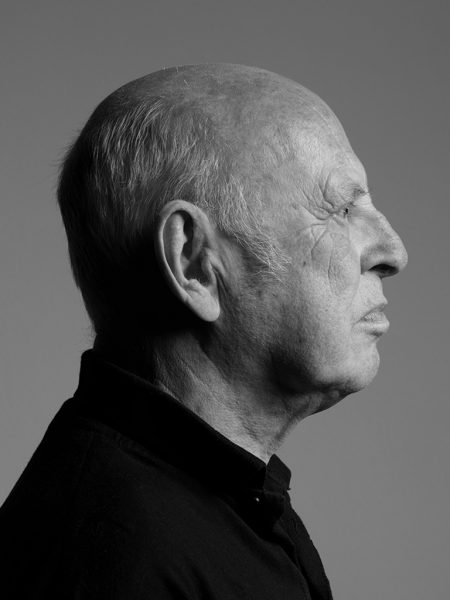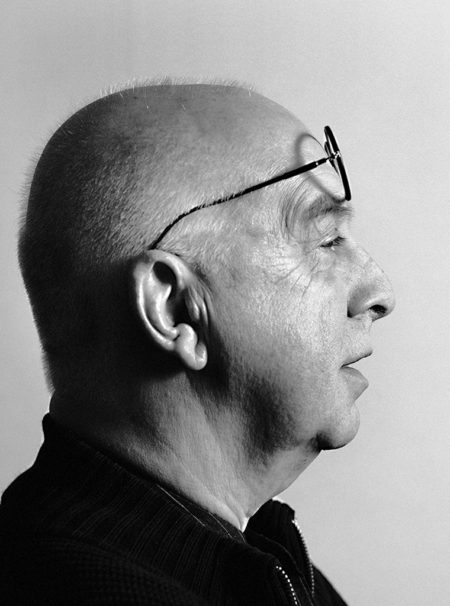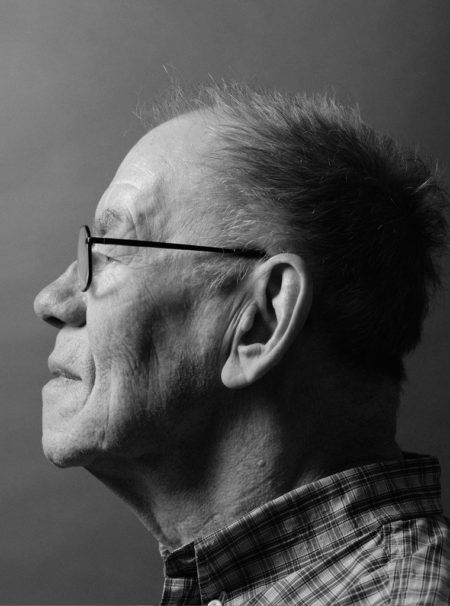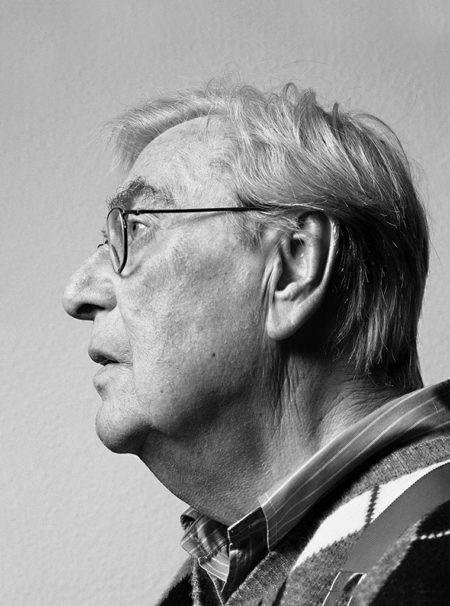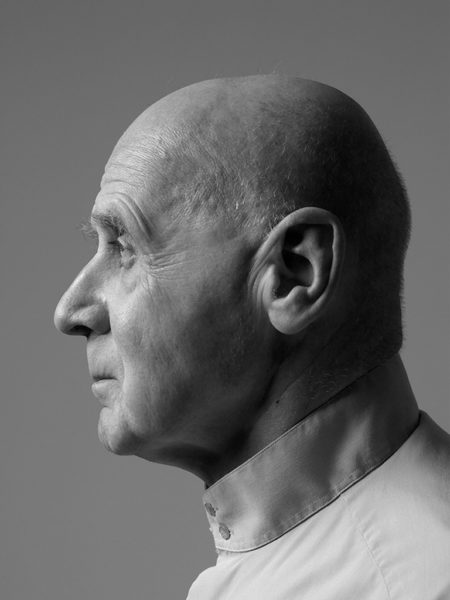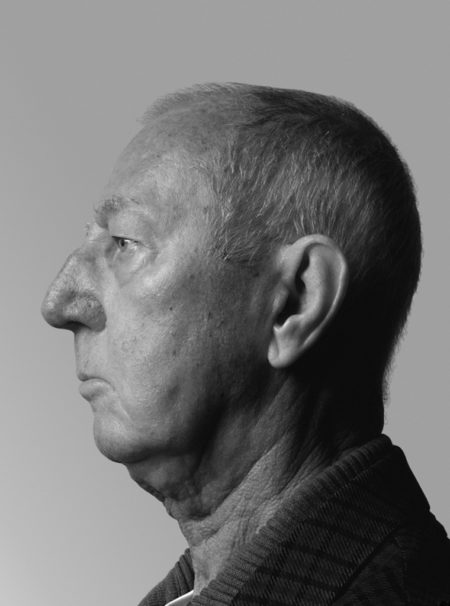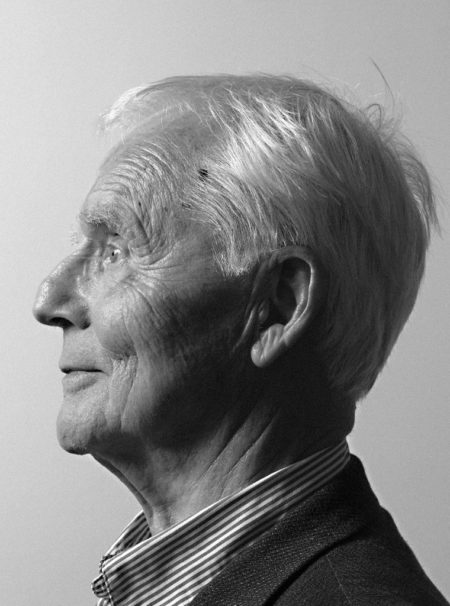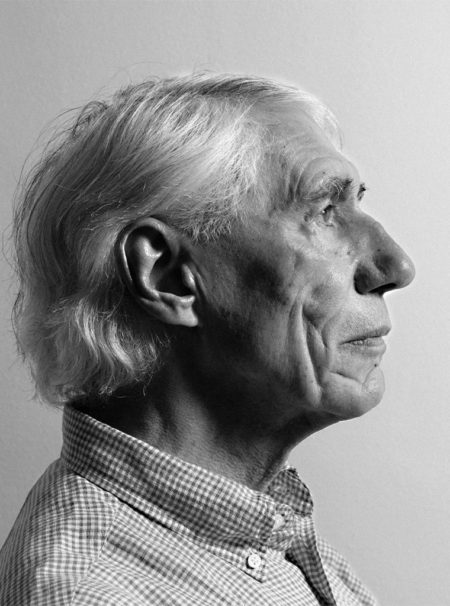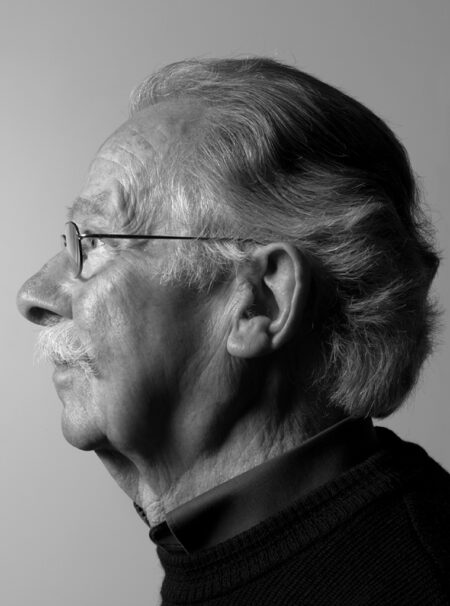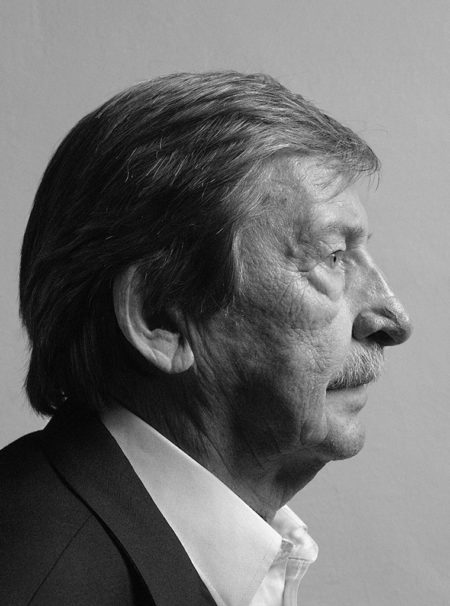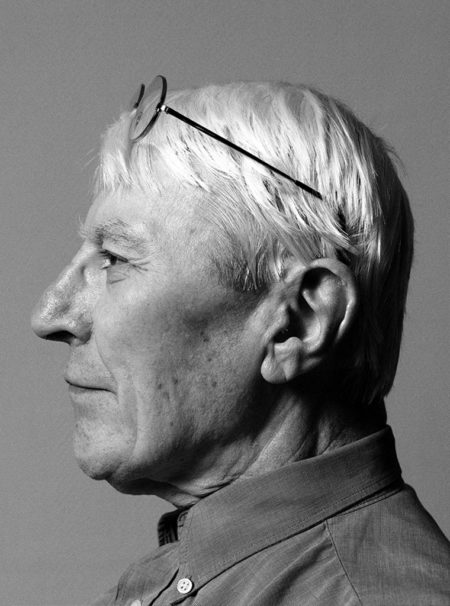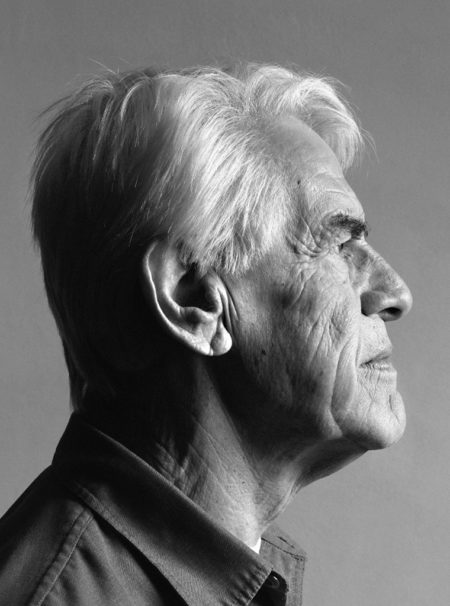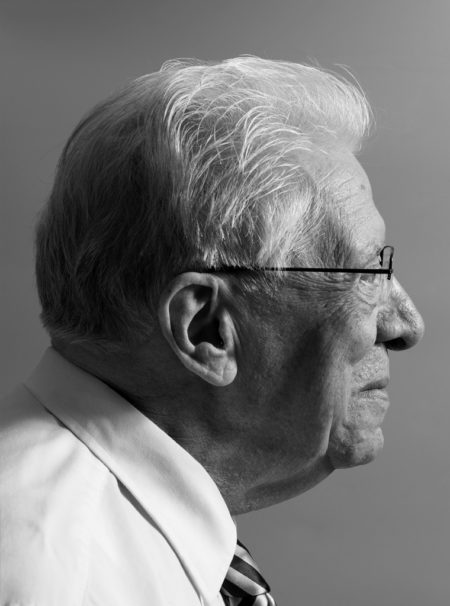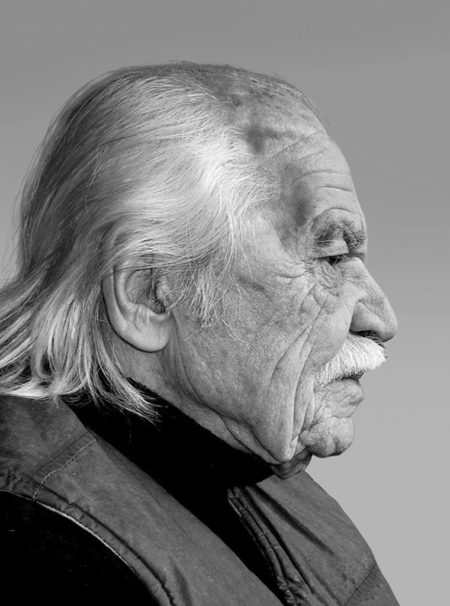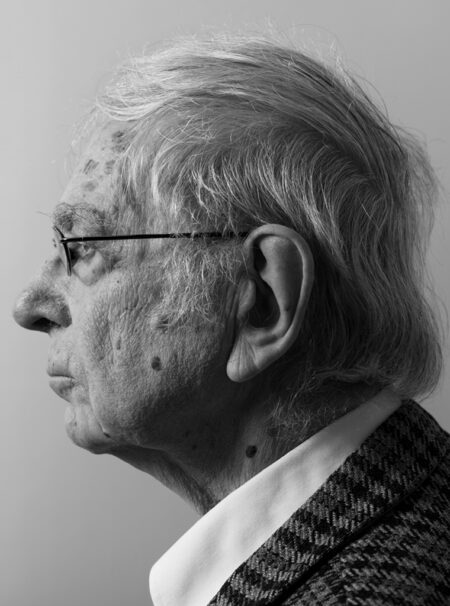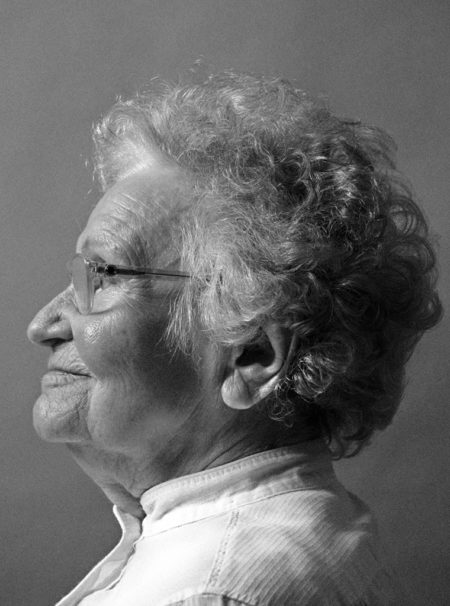Lex Reitsma (1958) is both a graphic designer and a filmmaker. Although many would think these disciplinesare worlds apart, Reitsma experiences them as similar rather than different. Starting in 2018, his contemplative documentaries about subjects including graphic designer Wim Crouwel, book designer Irma Boom and portrait photographer Koos Breukel have been outstanding. In an earlier stage
CategoryUncategorized
Robert van Rixtel
Robert van Rixtel is the moving spirit of many publications and projects dealing with design and designers. In 1992, the first of a series of [Z]OO calendars was published, an initiative of Robert van Rixtel and Eric van Casteren, two young designers who had met at the academy for industrial design AIVE, now called Design
Frans Lieshout
Thank his art teacher at the Amsterdam LTS (lower technical school) for discovering Frans Lieshout. Mister Zwart noticed his talents and advised his parents to have him show his drawings at the Gerrit Rietveld academy of art in Amsterdam. He had only just turned fourteen! At the academy, his talent was recognized; but his presentation
Marie Christine van der Sman
Most of the readers of Roots will know Marie Christine van der Sman mainly as the former director of the Dutch Graphic Designers Archives. The author of this Roots knew her that way too, but there turned out to be much more that shaped her career. Ootje Oxenaar shows his archive at depot in Wassenaar, 2009 A
Rudy VanderLans
Here in America, if one were asked to name a single Dutch designer, I bet the name Rudy VanderLans would come to mind first. It’s been that way here for a long time, since at least the late 1980s when Rudy’s Emigre magazine and its singular series of fonts set the American design scene of the late
Ron van Roon
As a student at the Rietveld Academy, Ron van Roon discovered that practice suited him better than the academy. He left the Rietveld, found clients everywhere and started his own Studio Ron van Roon (later Rouwhorst + Van Roon), which produced fifty years of eye-catching posters, logos, leaders and book covers. The Van Roon style:
Eugene Bay
Travelling is in Eugene Bay’s blood. His father worked for the diplomatic service of Great Britain in various capitals all over the world. Until his eleventh year, Eugene lived successively in Turkey, Italy, India and Singapore. He then went to boarding school at Rodbourne College, near Newport Pagnell in England. At school he developed a
Lies Ros
The first time I have an appointment to meet Lies Ros and discuss her Roots cahier she carries a laptop on which she immediately and at a high pace starts to show a range of posters, exhibitions and multiples. I tell her I’d prefer to discuss a structure first, to bring some order in the
Peter te Bos
Designer and vocalist Petrus Johannes Jacobus Vincentius te Bos was born on Christmas Eve, 1950. He and his seven siblings, three brothers and four sisters, grew up in Alkmaar, where he attended the (lower) technical school to receive vocational training for house painter, a job he held for two years. In his 17th year, he was
Roger van den Bergh
Designer Roger van den Bergh (1948) has had an interesting, international career. After completing his education in the Netherlands and an internship at Total Design, he moved to London in the 1970s and worked as a graphic designer for Allied International Designers. In 1980, he relocated to the United States where he landed jobs at
Rob Huisman
Rob Huisman: “I am passionate admirer of the design profession, notwithstanding having been an outsider all the time. This is what I feel. I deliberately chose for this position, from where I can show the profession the mirror image of its true being. I believe this is BNO’s power. Its bureau has the same attitude.
Bart de Groot
In 1932, The Hague’s academy of art was one of the first colleges to introduce graphic design in its curriculum. It was taught by Gerard Kiljan, who founded their ‘advertising department’, as it was then called. Paul Schuitema was one of their teachers, who strictly followed the ‘Bauhaus system’. Their approach to design was continued
Titus Yocarini
Titus Yocarini was born on October 14, 1947 in Amsterdam. His last name is indicative of foreign blood in his ancestry. His grandfather on his father’s side was a tobacco trader who lived on the Greek island of Samos and traveled to visit trade fairs all over Europe. One day, while in The Hague, he
Milou Hermus
1967 – In the year that Milou Hermus graduates in fashion design from St. Joost, Breda, she is nineteen years old – an age at which most others first try to get admitted to an art academy. The editors of fashion magazine Cri decide she deserves a spread, which has as heading: “Milou Hermus, by all means
Hans Kentie
First thing you see as you enter his studio in Leusden is the rusty steel sculpture outside in the garden: Imploded Column by Ewerdt Hilgemann. Even though it is placed in a corner, you cannot miss noticing its prominence. Artists and the work they create are graphic designer Hans Kentie’s inspiration. Ad de Keijzer’s quiet work, Yvonne
Jelle van der Toorn Vrijthoff
Jelle van der Toorn Vrijthoff. Born in 1946 in The Hague. Four brothers. His father was an interior designer. He studied at Koninklijke Academie voor Beeldende Kunst. He worked as a freelance designer before attending Royal College of Art in London. Back in the Netherlands, he joined Staatsdrukkerij en ‑Uitgeverij (government printing and publishing house) to
Andrew Fallon
‘Herengracht 567, Associatie voor Total Design N.V.’ is what the nameplate reads. It’s eight-thirty on Monday morning, 21 July, 1969. This is where I am going to be for a two month internship. My heart skips a beat as I ring the bell. I wait, but nothing happens. I try again – a little longer
Hans Bockting
Hans Bockting was born in Bladel, on May 8, 1945 – at the time of a watershed in European history, the end of WW II and the beginning of the Cold War. Maybe this is why he has always cherished his independence. “Freedom,” he says, “is and remains the supreme good.” From left: Hans Bockting,
Geert Setola
Storytelling, the way of the south of the Netherlands. Approaching the village of Oirsbeek, the curving roads begin to blend into the slowly slanting landscape, the foothills of South-Limburg’s hilly country. A hollow road leads me to the center of the village where Geert Setola and his wife Monique reside since 1972. This is where
Cor Rosbeek
“Impossible doesn’t exist” and “I’m not selling print, I am selling trust.” Two sayings that characterize Cor Rosbeek who, together with his brother Jean, for long years ran Rosbeek printers in Nuth. The first maxim refers to the dedication shown by this printing house since 1963 to always deliver the best of the best, the
Mariet Numan
Mariet Numan was born in 1944 in Werkendam, a quiet village in the Biesbosch river delta. As a child, she could get lost marveling at book illustrations. A neighbor living on the same dike in Werkendam received The Saturday Evening Post from his brother who had emigrated to America. He gave her copies of the magazine, filled with
Warren Lee
Warren has his roots in New York State, some 100 kilometres above New York City. He was born in 1944 during WW2. His father was serving in the US Navy on a submarine. Warren’s elder brother and sister also chose careers under the Pentagon flag. Even Warren’s name has a martial theme, according to Wikipedia
Edo Smitshuijzen
Coming from a family of tradespeople one learns to think and act pragmatically. There is little time for philosophical discourse. It is all about keeping the business afloat. It is a busy life all day, every day. My family members on both my father’s and my mother’s side are middle class tradespeople in Amsterdam and
Swip Stolk
Swip Stolk’s career started at age fifteen when he entered employment of an advertising agency. He dropped out of graphic school and Gerrit Rietveld Academy’s evening class, for he didn’t want to have anything to do with conventions and couldn’t stand the academic character of the studies. Others might be ashamed of not having finished
Paul Mijksenaar
Born in the last year of the war but one, Paul comes as a surprise to his parents, who already have three daughters. He grows up in a house on Watteaustraat, while his father works as head of press and information for Amsterdam’s municipal government, his expertise and skills so valued that a meeting room
Donald Janssen
The seventh child in a Dutch Reformed family, I was born midway the Second World War – precisely one year before D-day – in The Hague. I had six siblings: two sisters, four brothers. Three weeks after my birth, the family moved to Amersfoort because food was becoming scarce in The Hague. Yet also in
Ton Haak
My connection with graphic design in the Netherlands dates from before 1994 and after 2016. In March 1994 I left for the US, in July 2016 I left the US for Portugal. In the mean time I never returned to the Netherlands, and in recent years just for a short visit. In my American years,
Jaap Drupsteen
At the beginning of the 1960s, a double bass sounded in the Molenstraat in Enschede, sometimes together with a guitar, alternated with the sound of pencil on paper. Jaap Drupsteen and Hans Bernard were living there, working on their assignments for the art academy and the conservatory. Jaap and Hans performed together and listened to
Daphne van Peski
Heart Beat (2006) was Daphne van Peski’s last book design, a commission from her artist friend Carel Balth. “My 65th birthday marked the end of the flood of design projects that came to me. We were spending already much of our time in France. All of our attention was given to the home that my husband Fred
Gerard Unger
In the morning of 10 October 1974, Gerard Unger boarded a train in Bussum to Kiel, Germany. There he had an appointment at the Hell firm with Herr Peter Käpernick of the Schriftabteilung. One of Hell’s inventions was the Digiset, a typesetting machine that built up the shapes of letters by rapidly drawing small lines of
Henk Cornelissen
To many designers, it will sound like a great career: to work from home for years, to establish your own design studio, then to emigrate to America and end up at management level in the largest studios in New York, Los Angeles and San Francisco. With Henk Cornelissen it all went exactly the other way
Joep Bergmans
“Packaging design is a real specialization; as a designer, you cannot do it just like that. I realized I had a feel for it the day I first saw Louis Swart’s work, who at the time designed packaging for Albert Heijn. Later, I had the opportunity to join his agency and I ended up doing
Niko Spelbrink
At the World Expo 1958 in Brussels, I admired the pavilions of some large nations. I was eighteen years old and quite impressed by it all. Finding the pavilion of the Netherlands at last, I was struck by how information was presented. Shape, size, color, sound, and spatial layout did interact and reconfirm one another.
Walter Nikkels
Walter Nikkels was educated at Rotterdam’s Academie van Beeldende Kunsten, where he studied at the department of ‘Decorative and Monumental Arts’. It taught the concept of ‘community art’, of a ‘designed art’ in the 1950s. Nikkels graduated after four years. Early monumental commissions gave him the fiscal freedom to continue studying painting at the Akademie der Bildenden
Anneke Huig
“Growing up in a progressive family with four brothers stimulated independence, initiative, and visions of our own future and our own place on earth. Taking the easiest way out was not an option, we needed challenges. Mine was to find something that would allow me to combine a career with raising kids. At the time,
Henk Gianotten
During the first conversation Henk Gianotten and I had for this publication, I became aware immediately that he can still be found smack in the middle of the graphic profession’s action. Our discussion hardly paid attention to the past; it was as if looking back was not yet an option. Instead we talked much about
Anthon Beeke
Graphic designer Anthon Beeke is a street artist of a unique kind. A Beeke poster is almost always a provocation of the public space due to his disturbing choice of images cut so tight that they threaten to burst out of their setting. His posters present nude, vulnerable, imperfect and wounded bodies and details of
Bart Boumans
“This is the funniest greeting card we received this year,” wrote Graficus magazine in the summer of 1956. Even today, sixty years later, it is an adorable piece of graphic art. It shows a youngster who… Well, let’s begin at the beginning. Bart Boumans rearranging the Holland Festival’s poster collection His name was Bart and he lived in Deventer
Guus Ros
Born in Amsterdam, on February 6, 1940, Guus Ros lived with his family on Hoofdweg, in the western part of the city. His father was employed by Hollandia Kattenburg, producers of rain vestments, where he was promoted to chief of shipping. Theo Ros was a true family man who polished all the family’s shoes each
Henk de Vries
Henk de Vries accomplished a lot while working as a graphic designer. But he also designed office and store interiors and worked as a product designer. He walked all the walks of design. He was an extraordinary creator, who always kept in mind that the design should express the client’s mentality and quality. “As was
Paul Mertz
Amsterdam, Victorieplein, Berlage’s statue, the streetcars, the ‘Wolkenkrabber’ (skyscraper). The place where Paul Mertz was born, to which he returned and where he now lives and works for quite some time already. A Sunday’s child. A consultant, says the sign on his office’s window. A stimulator of young artists and designers, and still active. The
Karel Treebus
Since Karel Treebus understood possibly better than anyone that typography is a means and not an objective, he was well aware of the essential distinction between hype and evolution. His whole professional life was based on grasping the reality that form is content too. He was a driven man who did not pretend anything, just
Baer Cornet
Baer Cornet, from Limburg province in the south-east of the Netherlands. He is a typographer first – who loves the sanserifs and especially the Monotype Grotesque. Which may be surprising, because a more classic serif type is what you’d expect from a designer born and nestled deep in the old historic and friendly rolling hill
Ben Harsta
March 12, 1937. Ben Harsta is born in Twente, one of the eastern provinces of the Netherlands, in the village of Wierden close to the town of Almelo. The Appelhofstraat and the meadows and woods that surround the village will be his playground. Ben Harsta: “The whole village was my playground. I discovered I could
Will van Sambeek
Will van Sambeek was one of those Dutch designers who were moved by Swiss modernist design already in the 1950s. In 1957, he was able to travel to this designers’ Mecca because he had won the award for best graduation project from St. Joost art academy in Breda. The other country that influenced his career
Jacques Peeters
“North of Venlo, side by side with the new Van der Grinten head office (producers of photocopiers and phototype material), a small, white country home with a gabled roof is home to the company’s publicity department. This is where we find Jacques Peeters. To the notice board on the wall behind his back he has
Kees Nieuwenhuijzen
Kees Nieuwenhuijzen is a designer who does not spend much time theorizing about his profession. For fifty years, books have dominated his life, from literary paperbacks to photography tomes, but his oeuvre also includes architectural magazines, movie titles, posters and postage stamps. These different graphic products deliver proof of his meticulous professionalism and his joy
Simon den Hartog
Born during the war years, in Bussum, the young Simon den Hartog was sickly. He spent most of the last war winter in Overijssel, which wasn’t a good preparation for academia, and after the war had ended he did not manage to finish secondary school. He had to find a job – that’s what one
Paul Hefting
Designers knew Paul Hefting as “postzegelpaultje” (Mr Stamp) of the Dienst Esthetische Vormgeving DEV (Department of Esthetic Design) at PTT, later KPN, from whom they might receive the much desired commission to create a new postage stamp and who would guide them through the process. Other people knew him as the diligent author of scores
Jan van Toorn
9 November 1972. That evening the grand hall in Museum Fodor on the Keizersgracht in Amsterdam was packed. To mark the occasion of an exhibition about Jan van Toorn’s work, the museum had organised a debate between him and his colleague Wim Crouwel. The audience’s attention quickly turned to the alleged contradiction between their different
Gerrit Noordzij
There are many sides of Gerrit Noordzij – all of them filled with love and devotion. His most inspired and inspirational side, though, is that of the teacher. He cannot stop talking about his love of teaching and his admiration for the human being as a student. He says: “Their innocence is so touching; they
Frans Spruijt
When he was still a printer, Frans Spruijt was devoted to always deliver the highest quality and willing to be engaged with exceptional projects. The remarkable Spruijt calendars, the exhibitions he organized in his printing house and many, many of the publications he produced gave testimony of this devotion, his love of type setting to perfection
Ben Bos
In 1978 Ben Bos was invited to become a member of AGI, Alliance Graphique Internationale, a select group of international designers. For Bos this was a glorious occasion: it indicated he was recognized to be one of the world’s leading designers; he was allowed entrance to the design professionals’ Pantheon. It was not his first
Hein van Haaren
Although not a designer, Hein van Haaren deserves his portrait to be published in the series Dutch Design Roots. As a leading principal and patron, and as an executive or a director of many organizations and events, he put his mark on Dutch art and design. He is best known for his ten years as
Ootje Oxenaar
And now for once a different story about Ootje Oxenaar. My story. For how to write about a designer’s work everyone is already so familiar with? Although there is more than the nine Dutch banknotes we all used to pay our bills with. How to write about a graphic designer around whom so many tales
Wim Crouwel
Paul Mertz wrote this very personal and almost poetic text for Roots about one of the icons of Dutch graphic design, Wim Crouwel. About whom, said Mertz, ‘much has been written and much has been said. His authorized biography [Wim Crouwel: Mode en module, 1997], covering the period until his seventieth birthday, is a precision
Dick Bruna
Er hangen vijfhonderd omslagen van Dick (Five hundred covers by Dick) was the title of the exhibition that opened on 26 May 1962 in the cafeteria of lithographic printing house De Jong at the ’s-Gravenlandseweg 19 in Hilversum. Those covers were put up at the request of Pieter Brattinga, son of the printing house’s director. Opening
Bob Noorda
Born in Amsterdam in 1927, Bob Noorda attended what was then called ‘commercial art class’ at the Instituut voor Kunstnijverheidsonderwijs (IvKnO), also in Amsterdam, in 1950 and 1951. Although Bauhaus was much admired at the IvKnO, the education program was geared to practical implementation. Noorda was fine with this approach. Having lost three valuable years
Harry Sierman
The 1940s Life: Harry Sierman was the oldest of five children from his father’s second marriage. A hosiery trader, his father was comfortably off and living the good, quiet life with his family at 68 Keizersgracht in Amsterdam’s predominantly roman-catholic neighborhood. At one time he and his brothers were watching the news bulletin in the Cineac
Ad Werner
Ad Werner was taught ‘Bauhaus Rules’ at the academy of art in The Hague. One of his teachers, Paul Schuitema, was shocked to see Werner design movie posters at the start of his professional career. Werner worked for HEMA department stores and for popular magazines such as Margriet, Elegance and Nieuwe Revu, and he drew cartoons. “Werner was
Henk van Stokkom
Henk van Stokkom is one of the grand old men of the Dutch graphic industry. For thirty-seven years he worked for the Eindhoven printing house Lecturis, at first as a management assistant, later as a deputy director, and his last four years as their commercial director. It was under his wings that Lecturis became the
Benno Wissing
It is the end of February 2006. I just received the portraits of Benno made by Jan van Toorn during his visit to Providence, Rhode Island. Stylistically, they are perfectly matched with the profiles created by Aatjan Renders for the Roots publications. The winter of 2005-06 on the East Coast of the United States had
Abe Kuipers
Abe Kuipers (1918-2016) was one of the city of Groningen’s leading graphic designers. He was self-taught in this field. He had graduated as an aspiring artist from the local Kunstnijverheidsschool in 1940. It was only after World War II that Kuipers acquired his phenomenal knowledge of typography and book design during frequent visits to the
Susanne Heynemann
I first heard about Susanne Heynemann from Abe Kuipers, one of my teachers at the art academy. It was 1966 and Abe showed me her work and said: “The first female in our profession.” Fifteen years later, I came face to face with her when I joined Wolters-Noordhoff publishers in Groningen. I was lucky to

